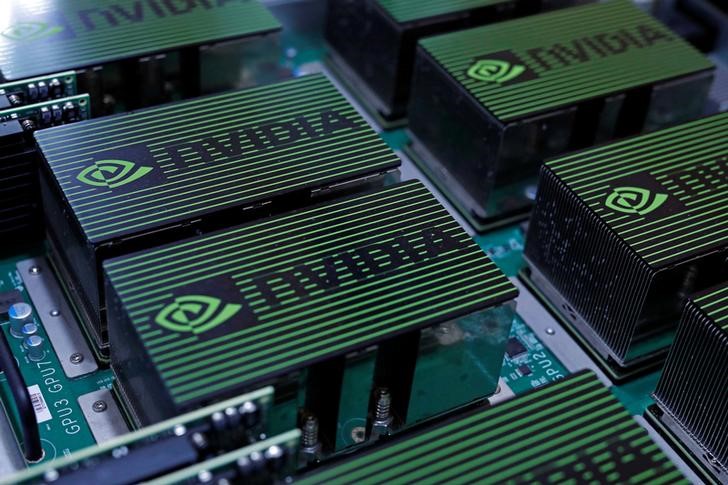This post was originally published on this site
https://i-invdn-com.investing.com/news/LYNXMPEE141FU_M.jpg
BofA analysts told investors in a note Thursday that potential U.S. restrictions on high-performance computing semis/tools in China amplify cycle risks.
The analysts said in a note to clients that media reports indicate the U.S. Government is preparing further restrictions on shipments of advanced (sub 14nm) high-performance computing, AI, design and manufacturing chip technology for Chinese companies.
“The new rules could go beyond recently targeted NVDA/AMD AI products (see report), and extend into a broader set of computing, memory, manufacturing and design tools including non-US semis/tools that include U.S. intellectual property,” wrote the analysts.
Commenting on what has prompted the new restrictions, they explained the U.S./China conflict in the semiconductor industry is not new and, in 2018, sparked the ban on Huawei.
They are also being used to restrict China’s access to advanced AI/computing U.S. tech that could be potentially used for weapon systems, biosciences, and surveillance applications. In addition, the U.S. is said to be concerned that Chinese firms could become larger global suppliers.
“We estimate about a 5-10% sales impact to U.S. firms (assumed proportion of ‘leading-edge’ shipments to domestic customers), though with offsets if that demand moves to other customers,” said the analysts. “In the most restrictive scenario, U.S. vendors most exposed to restrictions include: 1) computing GPU/CPU vendors NVDA, AMD, INTC, 2) Semicap equipment vendors: LRCX (most exposed with YMTC ~10-12% of systems and 6-7% of total sales), AMAT, KLAC, and 3) EDA vendors: SNPS, CDNS.”

